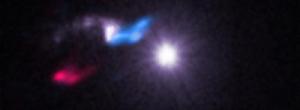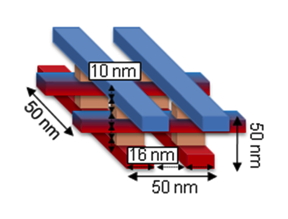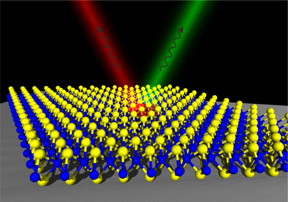Science
Scientists shrink electron gun to matchbox size: Terahertz technology has the potential to enable new applications
Scientists come up with light-driven motors to power nanorobots of the future: Researchers from Russia and Ukraine propose a nanosized motor controlled by a laser with potential applications across the natural sciences and medicine
A Tiny Machine: UCSB electrical and computer engineers design an infinitesimal computing device
Human Rights
Visited:24,566,027
Fostering a More Humane World: The 28th Eurasian Economic Summi

Conscience, Hope, and Action: Keys to Global Peace and Sustainability

Ringing FOWPAL’s Peace Bell for the World:Nobel Peace Prize Laureates’ Visions and Actions

Protecting the World’s Cultural Diversity for a Sustainable Future

Puppet Show I International Friendship Day 2020




